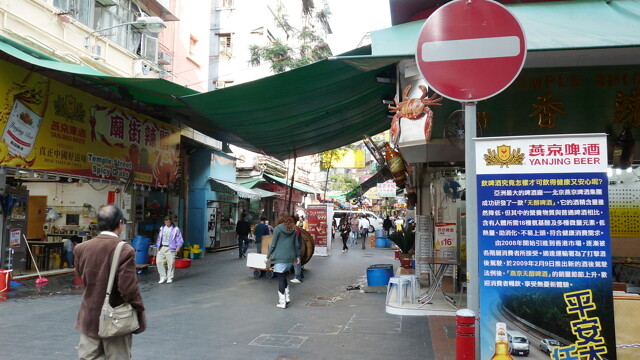When Drivers Can't Steer Traffic
major cities around the globe downplaying cars

While the discussions on what’s best for the streets of downtown Eau Claire rage forward, an article just released by The New York Times begs – nay, practically demands – us to stop and ask if we’re going the right direction. The author paints quite a clear picture: As America continues to focus on efficient traffic flow and parking, Europe is doing the opposite; they’re creating environments that are hostile to cars.
From the article:
“Cities including Vienna, Munich, and Copenhagen have closed vast swaths of streets to car traffic. Barcelona and Paris have had car lanes eroded by bike-sharing programs. Drivers in London and Stockholm pay hefty congestion charges just for entering the heart of the city. And over the past two years, dozens of German cities have joined a national network of environmental zones, where only cars with low carbon dioxide emissions may enter.”
Parking spaces are restricted for malls and apartments, and on-street parking is vanishing or becoming expensive, the article continues. “While many building codes in Europe cap the number of parking spaces in new buildings to discourage car ownership, American codes conversely tend to stipulate a minimum number,” it states.
The idea is to make cities more liveable, and force people to walk/bike through the heart of the city. What they find is that traffic isn’t reduced, it’s just slowed down.
In Zurich, they space red lights close together, remove underpasses, let the tram control lights, put average speeds at 15 mph, and “around Löwenplatz, one of Zurich’s busiest squares, cars are now banned on many blocks. Where permitted, their speed is limited to a snail’s pace so that crosswalks and crossing signs can be removed entirely, giving people on foot the right to cross anywhere they like at any time.”
And before you scoff and say, “Psssshhhht. That’s crazy Europeans. That would never work here.” Well that doesn’t explain the similar efforts in San Francisco and Portland. Even think of Chicago or New York. If you live in the city and have a car, you rarely use it because of parking and traffic. You keep it in storage and use it on weekend trips. And has this made ghost towns of Michigan Avenue or Times Square? Nope.
Granted, this is currently a trend in very large cities, so the question becomes: Will this stay densely urban, or will this spread to markets like our size? If it’s the latter, this information could help inform our decisions as we continue to plan how our downtown street environment will be for the next 50 years.
Other considerations include the fact that gas is nearly three times more expensive over there, and their roads can’t handle heavy traffic as well. Plus the U.S. never ratified the Kyoto Protocol forcing us to reduce carbon emissions, nor do many of our cities care about being labeled “nonattainment” on the Clean Air Act requirements. Amazingly, 45 percent of households in Zurich are carless. Oh yeah, and when they choose to close down roadways for ped malls and such, it’s done by referendum. So people vote for them! As a result, pedestrian traffic on those roads increase between 30 and 40 percent.
So as we no doubt fight over the number of parking spaces downtown, keep in mind that large progressive cities around the globe have had better success creating a space where people want to go on foot.




















